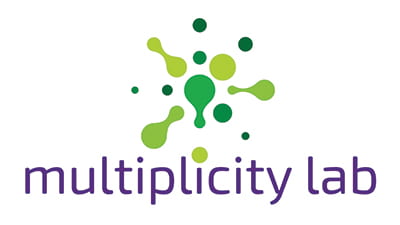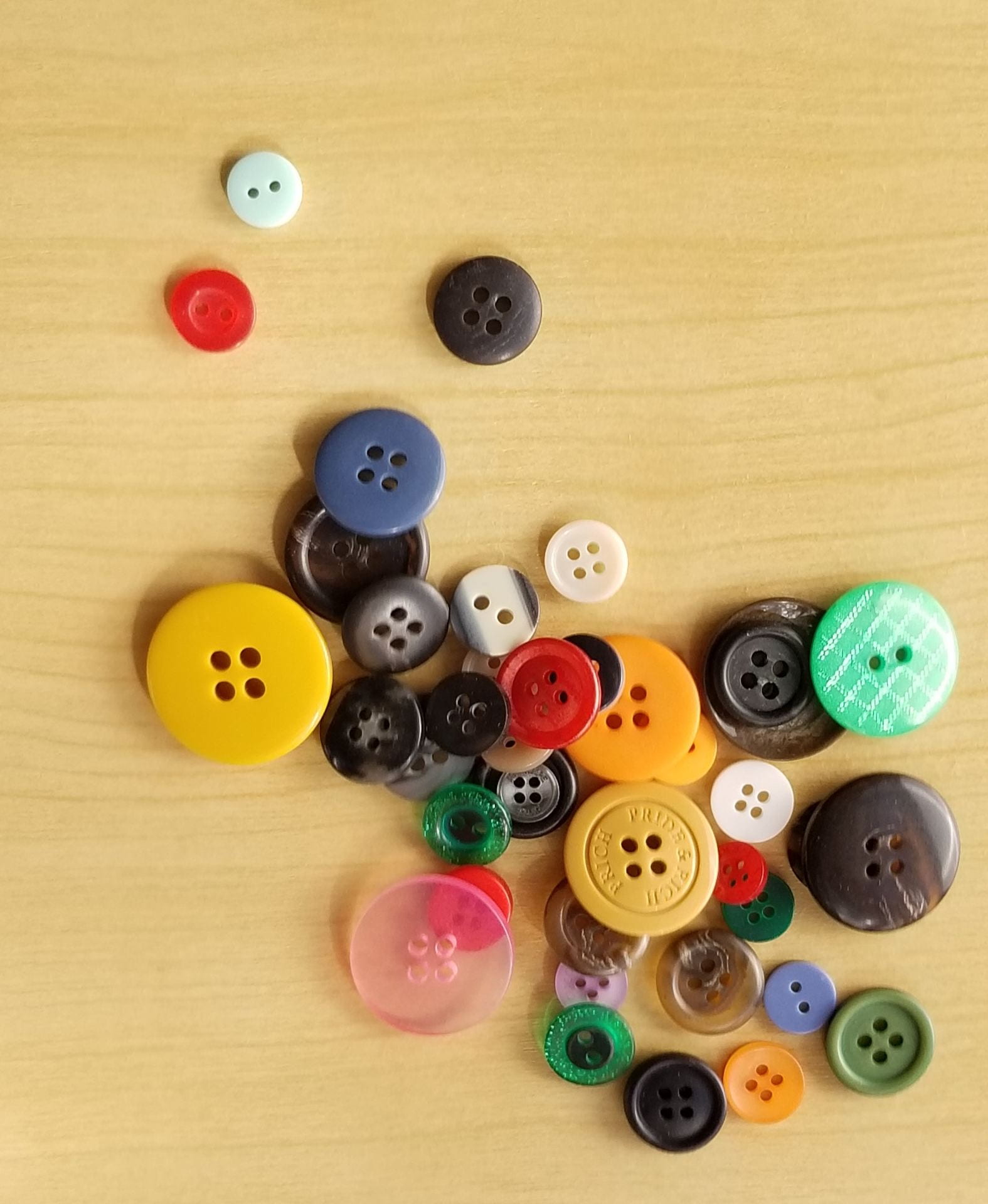Image of the Week: Planting Seeds for Data Science
October 6, 2024Planting the Seeds for Data Science
Our image of the week is a bit less grand than some others where we invite students to notice and wonder. It is, after all, simply a scattered collection of buttons. What is there to notice? What is there to wonder? Buttons are one of the most amazing everyday objects students can explore because of the sheer number of attributes they contain and how varied they can be across those attributes. Consider just some of the attributes these buttons have and that students might notice:
- Color
- Size (diameter)
- Thickness
- Number of holes
- Transparency/Opacity
- Presence or absence of a ridge around the edge
- Surface decoration
- Shape
- Presence or absence of letters engraved on the surface
- Solid or varied coloration
- Material
There is a lot to say about buttons! Attributes are a critical mathematical idea because they help us describe, sort, and organize our world. They enable us to make comparisons between objects. Sometimes these comparisons are simply descriptive, such as the difference between brown and red buttons. But some comparisons are measurable – one button might be larger than another. How much larger? Larger in what sense? Diameter? Thickness? Weight?
Attributes allow us to sort and organize, which is the beginning of data science. Attributes can enable many kinds of data questions about the group of buttons, such as:
- What is the most common color for buttons?
- What are the rarest colors of buttons?
- How big is a typical button?
- What is the smallest and largest button?
- Are most button flat or textured?
The button could be sorted into groups, ordered by size, or organized in Venn diagrams to see relationships. Noticing and wondering can lead to questions like this that students might want to answer and explore, either with this image or with a collection of buttons of their own.
You can extend this activity into a full lesson if you can find a collection of buttons – we bought them by the pound for very little – for students to explore and sort. Scoop up a collection for students to inspect closely, pose questions of, and develop ways of organizing to answer those questions. We’ve often given children tools like muffin tins to organize and sort, with the ultimate goal of posing and answering mathematical questions as a constant practice.
To multiplicity, cheers!
Jen Munson and the multiplicity lab group

